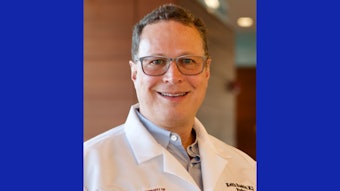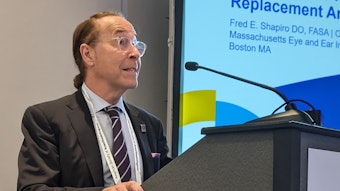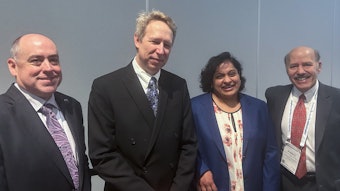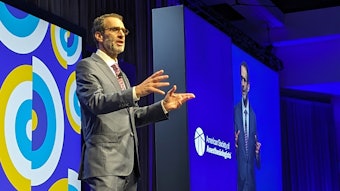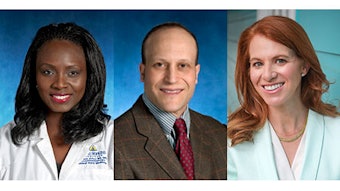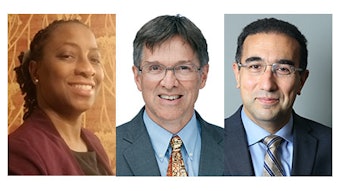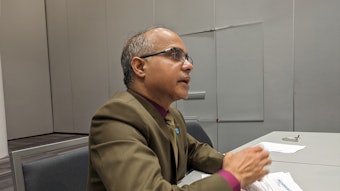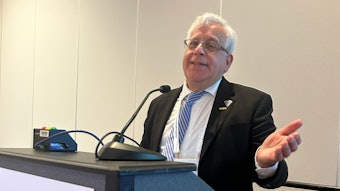EEG monitoring – needed or not?
A case can be made both for and against EEG monitoring.

Is EEG monitoring in anesthetized patients medically necessary? Well, that depends on who you ask.
Alex Y. Bekker, MD, PhD, FASA, Professor and Chair of the Department of Anesthesiology at Rutgers New Jersey Medical School in Newark, New Jersey, makes the case that EEG monitoring in these cases is, by and large, more nuisance than necessary.
Speaking in 2023's session, “EEG Monitoring In Anesthetized Patients – Necessary or Nuisance?,” Dr. Bekker said that one strike against EEG monitors is simply the cost of the devices themselves.
“To prevent one incident of awareness, you need to spend about $200,000, and there are 40 million surgeries in the United States every year, so it’s unrealistic and it would be silly to spend all this money,” he said. “Cost is an issue just like when you’re buying anything.”
As for what you’d be getting for that investment, Dr. Bekker said it’s just not worth it. He said proponents argue for the clinical utility of the devices, citing studies that show the time for postop eye-opening would be reduced by two minutes, with the time to orientation at about three minutes, and an overall reduction of seven minutes in terms of patient discharge.
“A long time ago, somebody wrote a letter to the editor of Anesthesiology and suggested that when we move the patient from a stretcher to an OR bed, we count one, two, three,” he said. “(The letter said) what if we count one, two, and then move the patients. It’s two seconds per patient we’re going to save and multiply that by the number of surgeries, and it comes out to around 50,000 seconds saved. So, this is kind of on the same level (as EEG) to me. Yes, you can save something, but the clinical utility of this is not serious talk.”
On the other side of the coin, Paul S. Garcia, MD, PhD, Associate Professor in the Department of Anesthesiology at Columbia University and Chief of Neuroanesthesia at Columbia University Medical Center, said that he believes EEG monitoring is worth the cost, but it has to be done the right way.
“These other criticisms are valid, but it doesn’t mean we should throw the baby out with the bathwater,” he said.
In fact, he said EEG monitoring can be critical in patients with older or unhealthy brain activity and that it’s important to remember that more than one method can coexist within the specialty.
Even studies that show no differences in awareness or delirium comparing patients with EEG monitoring to those without don’t necessarily mean that one method is better than the other, Dr. Garcia said.
“The important thing to remember when we talk about no differences in awareness or no differences in delirium – the truth is that there are some subtle differences,” he said. “A large study that shows there is no difference should not be interpreted that these things are equivalent. Failing to find a difference is a statistically different test than saying the two things are equivalent, and that requires a higher level of scrutiny to do that.”
The brain is a complex organ, Dr. Garcia said, and anesthesiology needs to embrace that complexity and recognize that there may be more than one approach to patient treatment.
“You know what exists between our ears is so important, but it’s complex,” he said. “And if you don’t want to embrace that complexity then I do worry about the future – both for your patients and of the specialty in general.”
The session was moderated by Apolonia Elisabeth Abramowicz, MD, FASA.

